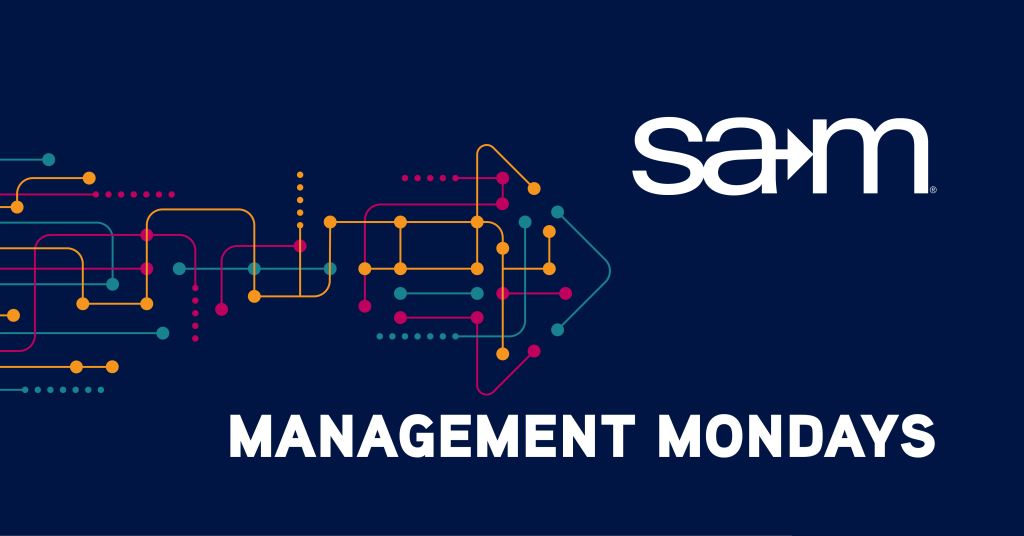
If you have ever sat through a meeting and found yourself silently asking, “Why am I even here?” then you already understand the most common failure in workplace communication. It is not that the speaker lacked knowledge or that the slides were uninspiring. It is that the message never connected to something meaningful for you. The speaker skipped over the very thing that makes communication powerful: relevance. Without relevance, even the most data-rich presentation will fall flat. With it, even simple messages can inspire action, create clarity, and unlock momentum.
Relevance is not a soft skill or a bonus feature of good communication. It is the foundation that everything else builds upon. When you learn how to identify what matters to your audience and lead with it, you transform from someone who talks to someone who influences. That transformation does not require charisma or title. It requires intention, empathy, and preparation. Start with relevance, and you start with power.
The First 30 Seconds Matter More Than You Think
In every workplace setting, attention is a precious commodity. Your audience arrives distracted, often overcommitted, and halfway through mentally preparing for their next meeting. If you do not establish a clear reason for them to tune in within the first thirty seconds, they may never fully arrive. But when you start by naming a shared concern, a timely issue, or a mutual opportunity, you create an instant bridge. That bridge connects your words to their world. It invites curiosity, signals respect, and opens the door to engagement.
When people feel that you are speaking with them, not just at them, their willingness to listen changes. They lean in, ask questions, and start to participate. Relevance is what makes that shift possible. It tells your audience that the conversation matters, not in theory, but in the context of what they are actually experiencing. That level of connection cannot be improvised. It must be designed before you even open your mouth.
Ask the Hard Question: “What’s in It for Them?”
Most professionals start preparing communication by deciding what they want to say. That is the wrong place to begin. Instead, great communicators start by asking what the audience needs to hear. This is not about giving people what they want in a superficial way. It is about understanding what questions they are already asking and how your message might help them find answers.
If you want people to listen, your content must reflect their reality. That means considering what concerns are top of mind, what decisions they may be wrestling with, and what emotional state they are likely bringing into the room. Once you understand that, your message can become something they relate to rather than something they endure. You are not dumbing down your message. You are tuning it to the frequency they are already on. That makes you easier to hear and harder to forget.
Emotions Come First, Always
We like to believe we make decisions based on logic and evidence, but that is rarely the full story. Emotions shape our attention, color our interpretation, and influence our choices in subtle and powerful ways. This is not a flaw in reasoning. It is part of what makes us human. If your message does not first acknowledge or address the emotional state of your audience, your logic may never land. You cannot teach someone who does not feel seen. You cannot influence someone who feels dismissed.
Effective communicators know how to recognize what people are feeling and then craft messages that meet them there. For example, if your team is dealing with uncertainty after a change, opening your message with reassurance is more effective than diving straight into next steps. By aligning with how people feel, you show that you understand their experience. That empathy creates trust. And trust is the gateway to influence.
Clarity Beats Cleverness
Too many workplace messages are clouded in buzzwords, acronyms, and vague promises. We assume that sounding smart will make us more credible, but what people really crave is clarity. Clarity is not simplistic. It is precise. It respects the intelligence of your audience by making the message easy to follow, understand, and remember. When your words are clear, your ideas gain traction. When they are vague, your message gets lost before it ever has a chance.
This does not mean your message has to be plain or boring. It means your language should serve the message, not obscure it. If your team is facing a deadline crisis, say that. If your proposal helps reduce workload, say how. The simpler your language, the faster people can engage with your ideas. When clarity and relevance work together, people stop checking the clock and start paying attention.
Find the Real Stakes
Every communication has stakes, whether you acknowledge them or not. Sometimes they are obvious, like revenue, reputation, or performance goals. Other times they are more personal, like the need for belonging, validation, or clarity. Your job as a communicator is to name those stakes in a way that matters to the people you are addressing. This does not mean creating fear. It means being honest about what is at risk and what is possible.
When you take time to connect your message to something meaningful, your words carry more weight. Your audience understands not only what you are saying but why it matters. That level of insight gives your communication momentum. It moves people from passive listeners to active participants. And once people see the real stakes, they stop needing to be convinced. They start wanting to act.
Make It a Habit, Not a Trick
Relevance is not a tool you pull out for big presentations. It is a mindset you bring to every conversation. Before you speak, take a moment to ask yourself who you are talking to and what they are likely thinking about. What are they worried about? What are they excited for? What questions might they be carrying into the room? When you answer these in your preparation, your message naturally becomes more relevant.
With time, this process becomes second nature. You begin to sense where attention is going in a room. You learn to adjust your framing in real time. But the foundation is always the same. You lead with what matters to them, not what matters to you. That act of generosity turns communication into connection. And that is where influence begins.
Final Thoughts
Across the modern workplace, communication is constant, but meaningful influence is rare. Influence does not happen by simply presenting facts or making a strong case. It happens when a message resonates with the priorities, emotions, and realities of the people listening. That level of resonance is only possible when relevance is placed at the core of the communication. A well-prepared message that fails to consider the audience’s needs will often fall flat, no matter how polished the delivery. Relevance is not a detail to add at the last minute, it is the purpose that should guide every part of the message. Great communicators understand that it is not about saying something important, it is about saying something that feels important to others. That shift is what turns communication into a catalyst for action.
If you want to lead, motivate, or change minds, begin by thinking about why your audience should care. This question, while simple, is the key that unlocks attention and trust. When you can answer that question with clarity, you earn the opportunity to speak with real impact. The relevance of your message gives it weight, and the care you show in understanding your audience gives it life. There is no shortcut to genuine influence. It must be earned by placing the listener’s world at the center of your message. That choice is not just strategic, it is respectful. And in a world where everyone is speaking, being the one who truly connects is what makes all the difference.
Whether you’re working across the hall or across time zones, your ability to communicate effectively within a team shapes your success. Our Communicating Collaboratively course gives you practical strategies for leading conversations, managing virtual dynamics, and getting real results in group settings. Learn how to contribute meaningfully, facilitate productive meetings, and navigate the challenges of remote collaboration with confidence.
Register today for Communicating Collaboratively and start building the communication skills that every high-performing team member needs. SAM members receive a 20% discount, join today and take advantage of this and many other membership benefits!

Written By,
Patrick Endicott
Patrick is the Executive Director of the Society for Advancement of Management, is driven by a deep commitment to innovation and sustainable business practices. With a rich background spanning over a decade in management, publications, and association leadership, Patrick has achieved notable success in launching and overseeing multiple organizations, earning acclaim for his forward-thinking guidance. Beyond his role in shaping the future of management, Patrick indulges his passion for theme parks and all things Star Wars in his downtime.
